Instead of hiring a research ship that costs millions of dollars, scientists set up a research station on an Antarctic cruise ship to hunt for giant squid.
Simulation of a giant Antarctic squid living in the deep sea. Video : Te Papa Museum
The Antarctic giant squid ( Mesonychoteuthis hamiltoni ) is a mysterious cephalopod that can weigh up to 500 kg and grow to 14 m long with tentacles that extend out. Although fishing boats have found some specimens, researchers have had difficulty observing one in the wild.
Researcher Matthew Mulrennan hopes to change that with Kolossal, a nonprofit he founded to film giant squid in their natural habitats. The goal is to learn basic information about the sea creatures, such as how they hunt and what they look like at different life stages.
In 2022 and 2023, Mulrennan has assembled a team of scientists with the goal of filming giant squid on trips to Antarctica. He estimates the effort will cost a total of $500,000, which is still much cheaper than hiring a research vessel. Research vessels can cost tens of thousands of dollars a day. Mulrennan says some similar expeditions have cost as much as $8 million.
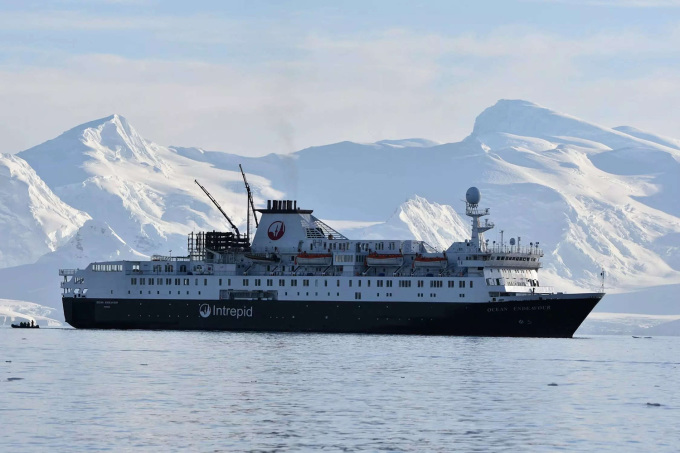
Antarctic cruise ship Ocean Endeavour. Photo: Business Insider
Over the course of four trips, tourists on the Ocean Endeavor cruise ship watched as researchers lowered cameras into the frigid waters of the Southern Ocean to film marine life. They even built a full-fledged research station on the ship. Ultimately, their underwater cameras captured dozens of species in Antarctica, including a baby giant squid, Business Insider reported on April 16.
Adult giant squid live at depths of more than 3,000 feet in the waters around Antarctica, beyond the reach of the best divers and beyond the reach of submersibles, so little is known about them. Many specimens have been found in the stomachs of sperm whales, whose diet can consist of up to 77 percent giant squid. But according to a 2015 study, scientists have only discovered 12 complete giant squid specimens.
Giant squid are also difficult to preserve for long-term study, according to Myrah Graham, a graduate student at Memorial University's Marine Institute who accompanied Mulrennan on one expedition. As a result, many basic things about them remain unknown, such as their lifespan, reproduction, and population size.
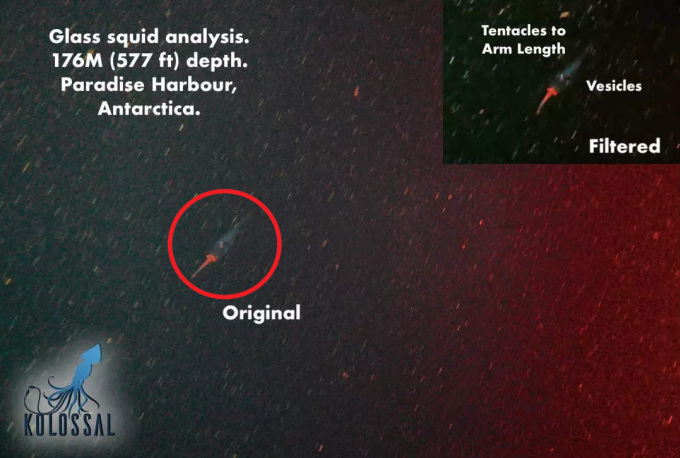
The Kolossal team filmed a creature resembling an adult glass squid or a baby giant squid in Paradise Harbor, Antarctica. Photo: Business Insider
During its 58 days at sea, Kolossal’s cameras captured more than 80 species of marine life, including giant volcanic sponges, Antarctic dragonfish, Antarctic sun starfish, and a giant squid-like creature. Experts who examined the images said they could not tell whether the creature was a baby giant squid or an adult glass squid. Graham said this showed they were on the right track.
Mulrennan hopes to return to Antarctica next season, in time for his goal of spotting a giant squid by 2025.
Thu Thao (According to Business Insider )
Source link


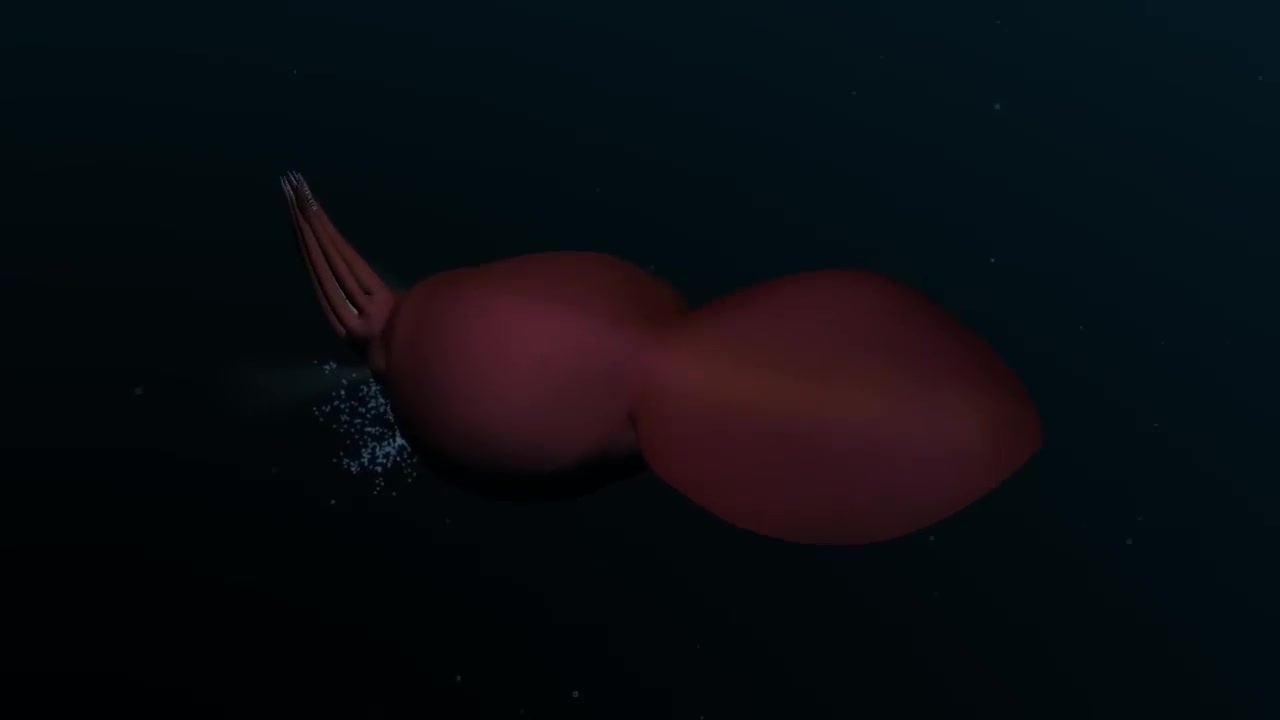
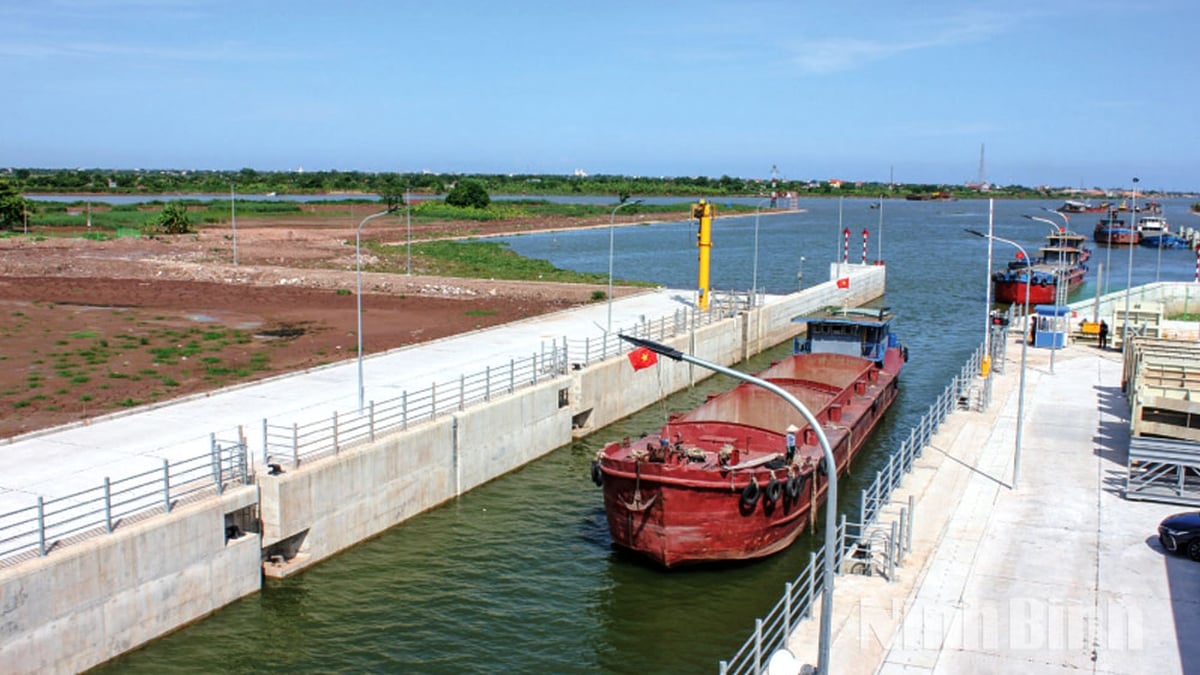














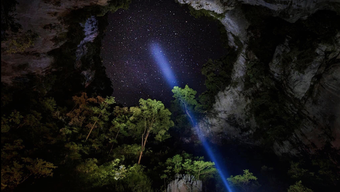
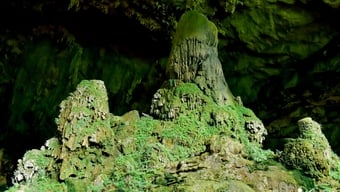
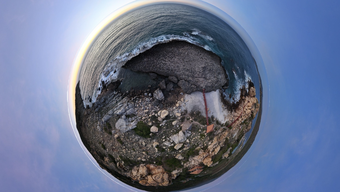


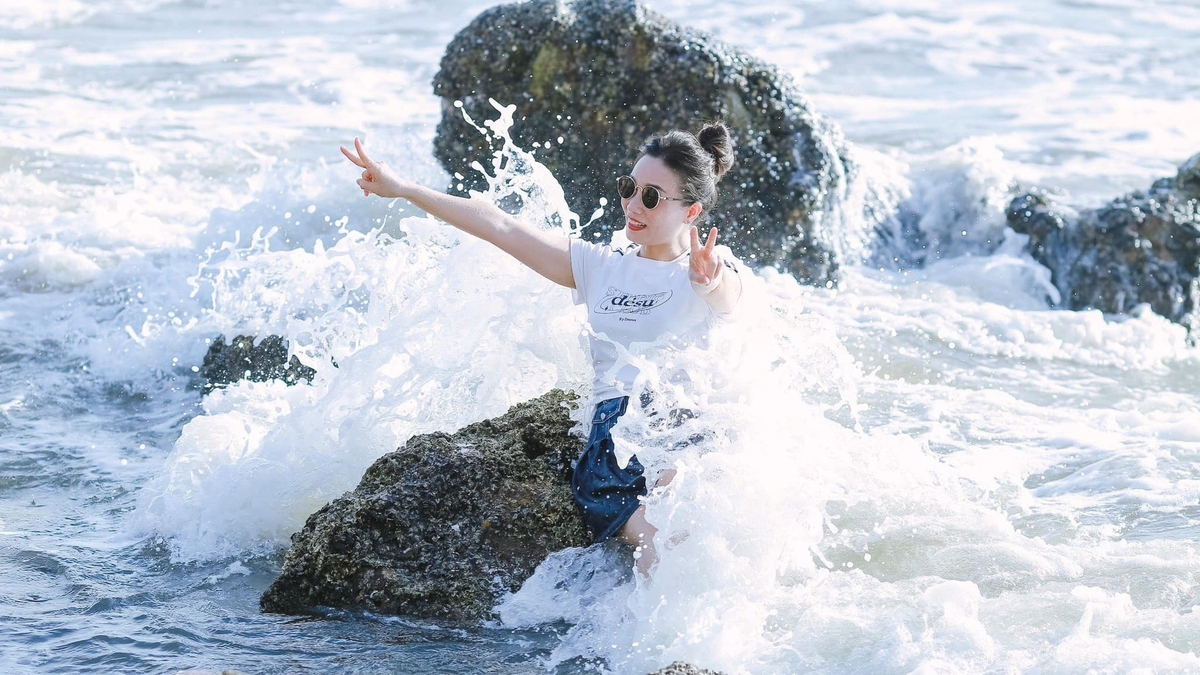
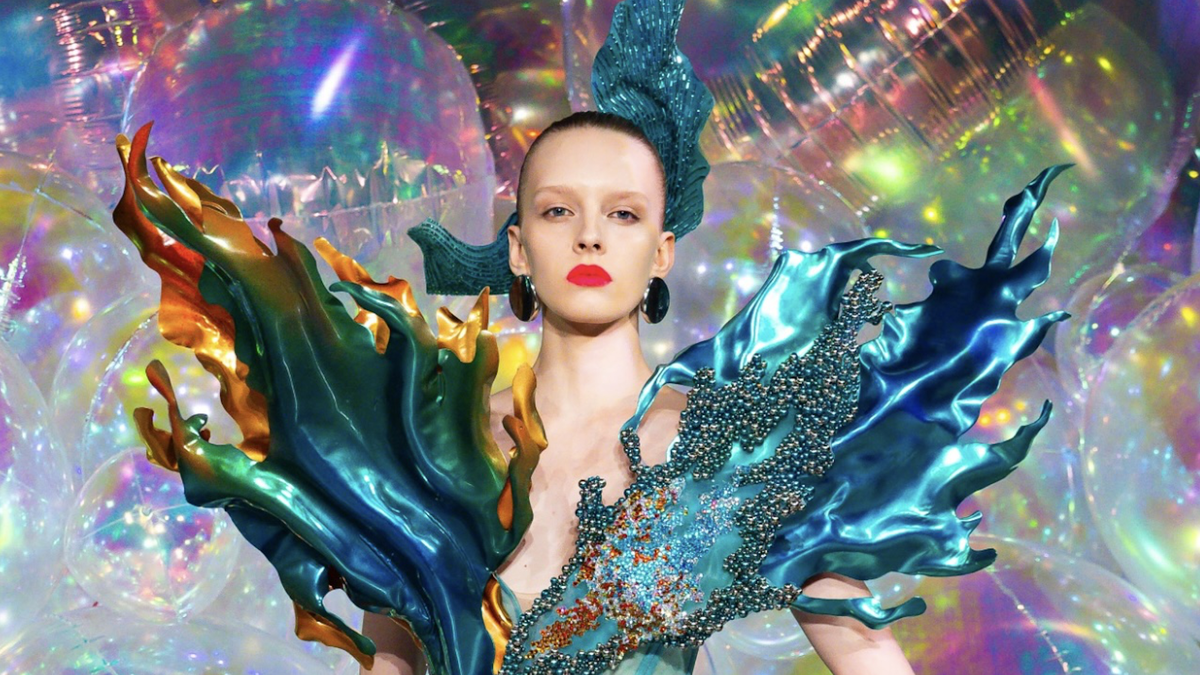
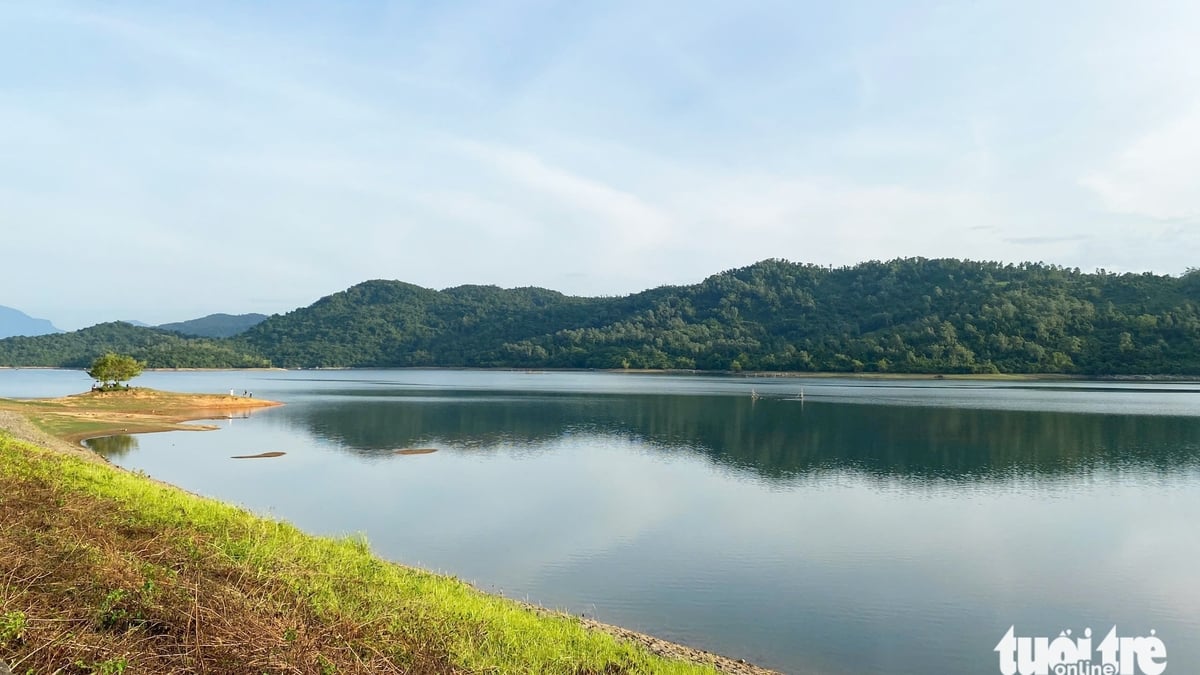



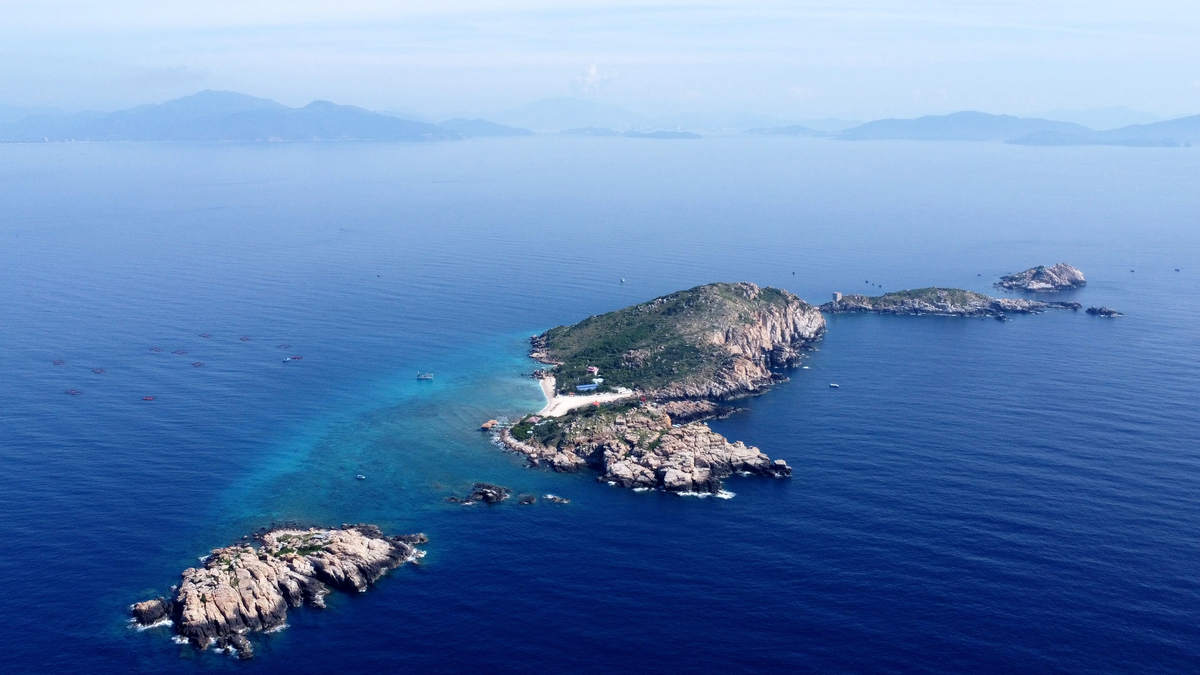
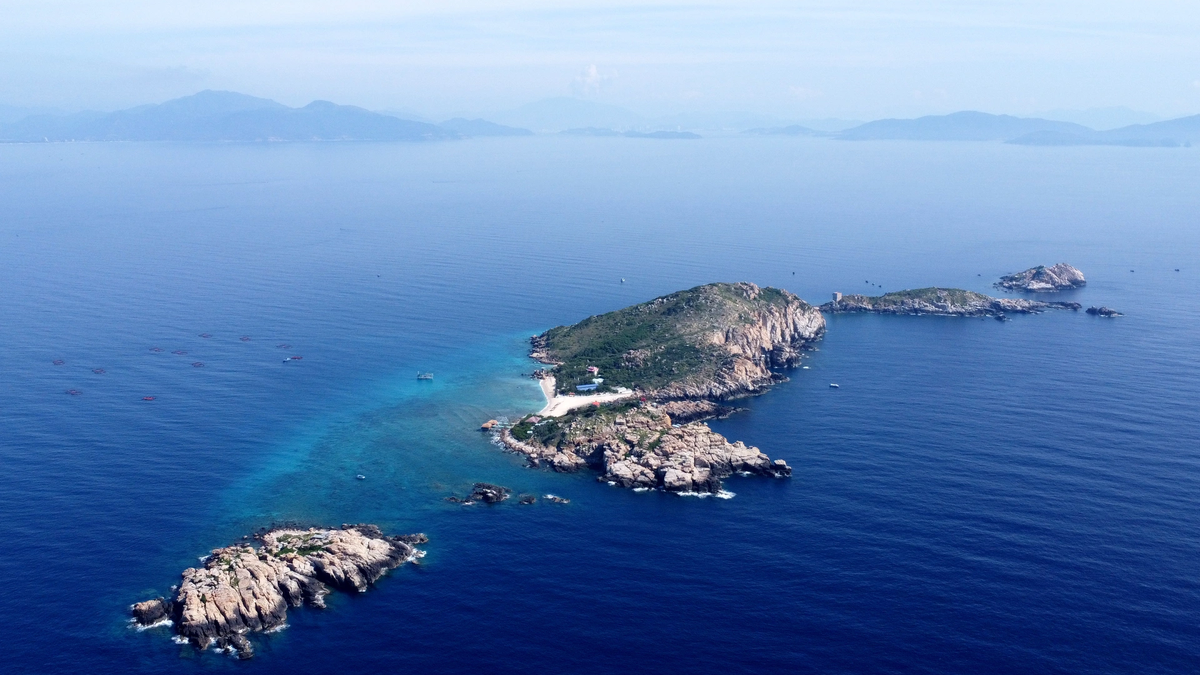

















































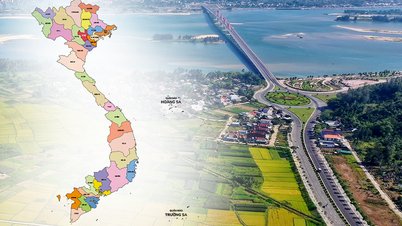


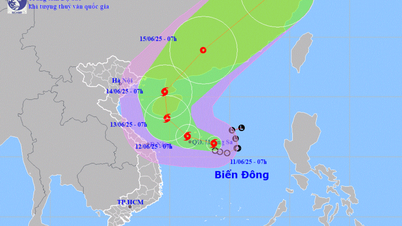








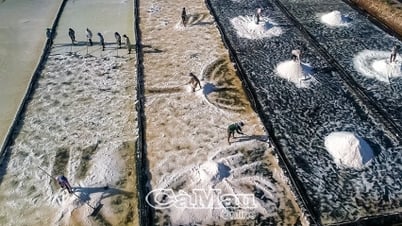









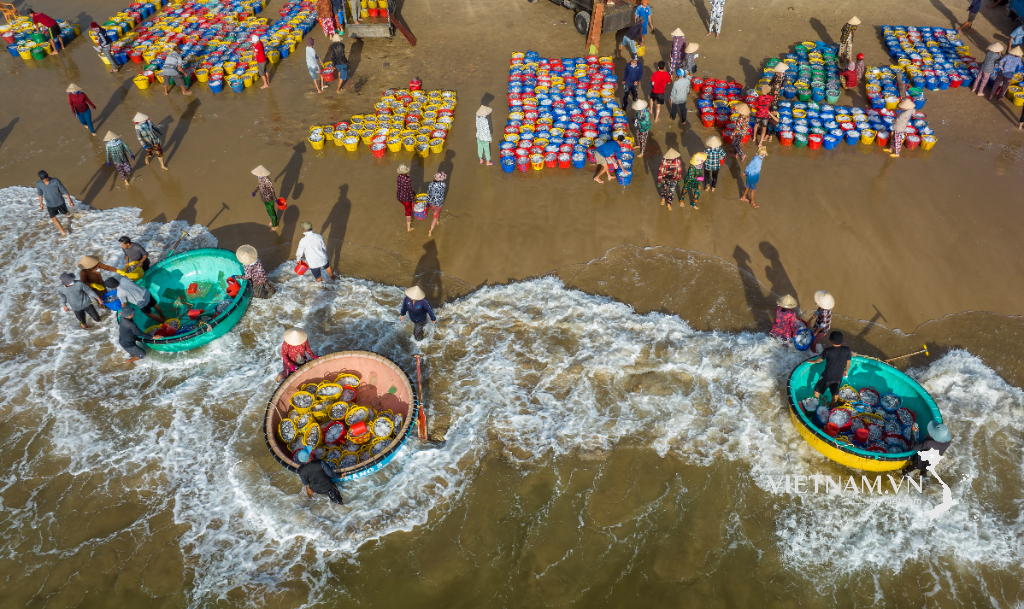
Comment (0)